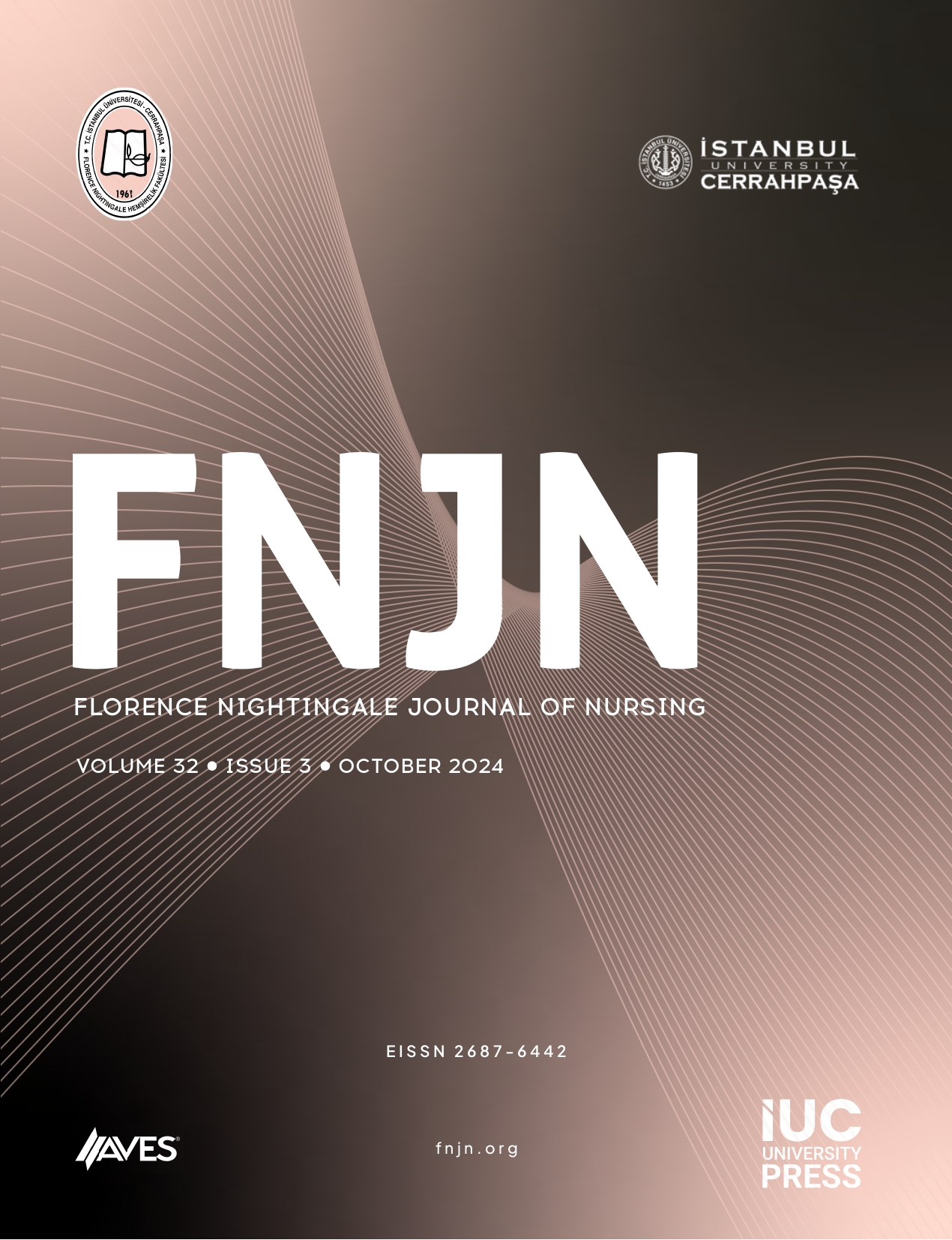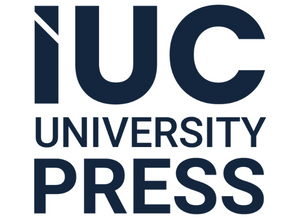AIM: This research aims to evaluate the awareness of warning signs of pregnancy among adolescent females in Indonesia.
METHODS: This study adopted a cross-sectional research design, analyzing data sourced from the 2017 Demographic and Health Survey. The Demographic and Health Survey Phase 7 Questionnaire was utilized, and a two-stage stratified cluster sampling technique was employed, resulting in a sample size of 7936 respondents. The study focused on female adolescents aged 19 years or younger in Indonesia. Binary logistic regression was used in the final analysis stage. All statistical analyses were performed using IBM SPSS (IBM SPSS Corp.; Armonk, NY, USA) version 21, focusing on determining the significance of various predictors. Variables that achieved a p-value of less than .05 were considered statistically significant in the multivariable analysis, indicating that these factors had a meaningful impact on the studied outcomes.
RESULTS: Factors affecting the awareness of warning signs in pregnancy among young women include their place of residence (AOR = 1.546; 95% CI = 1.545–1.546), age (AOR = 6.769; 95% CI = 6.762–6.776), educational level (AOR = 1.796; 95% CI = 1.794–1.797), working status (AOR = 1.117; 95% CI=1.116–1.117), and socioeconomic status (AOR=1.650; 95% CI=1.649–1.652).
CONCLUSION: This study offers insight into adolescent knowledge and the factors influencing awareness of warning signs in pregnancy. The findings can inform the development of teenage health policies for the Ministry of Health of the Republic of Indonesia.
Cite this article as: Bekti Prasetyo, Y., Dwi Laksono, A., Setiya Dewi, Y., & Latif, R. A. (2025). Understanding warning signs in pregnant adolescents in Indonesia: results from a national assessment. Florence Nightingale Journal of Nursing, 33, 0181, doi: 10.5152/FNJN.2025.24181.




.png)
.png)